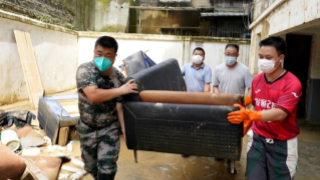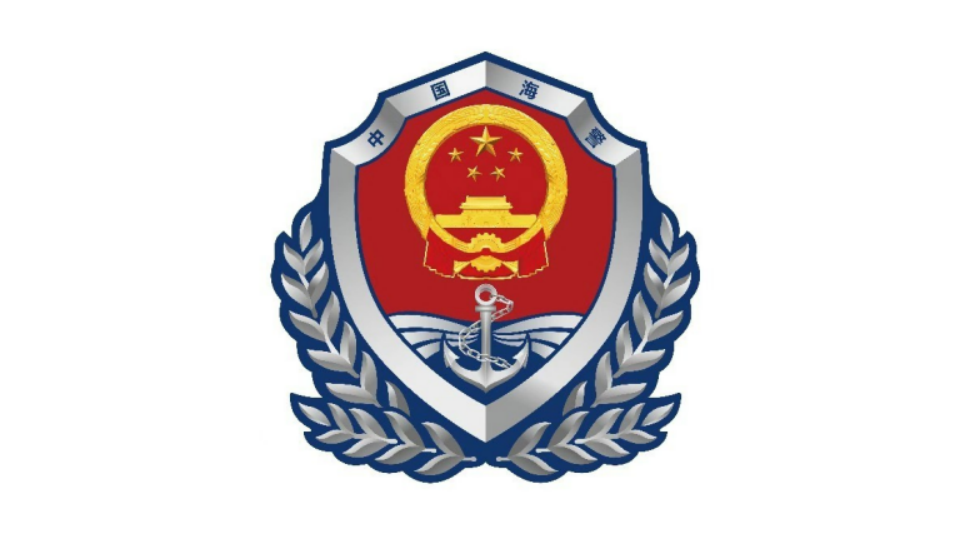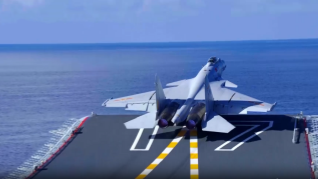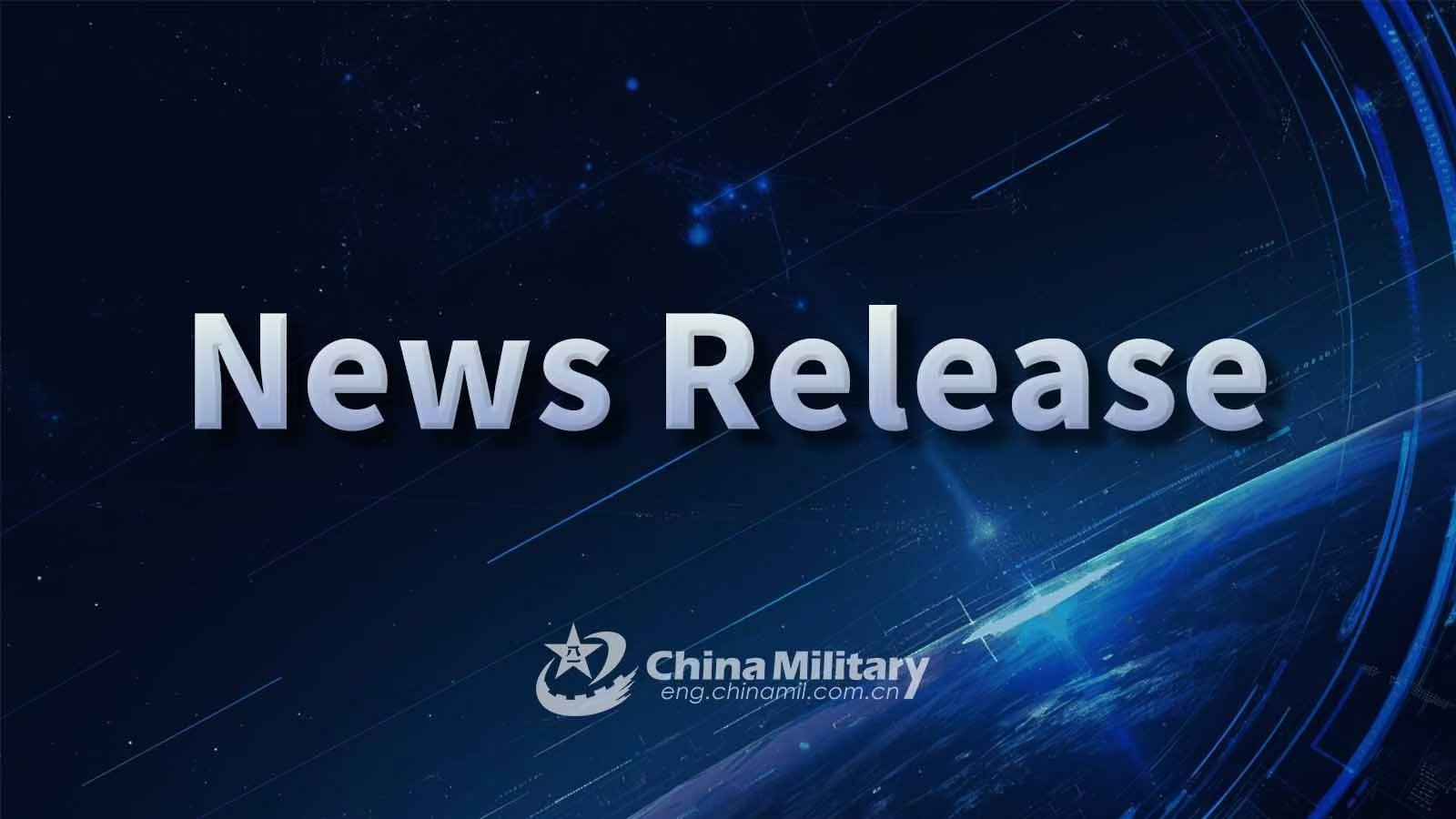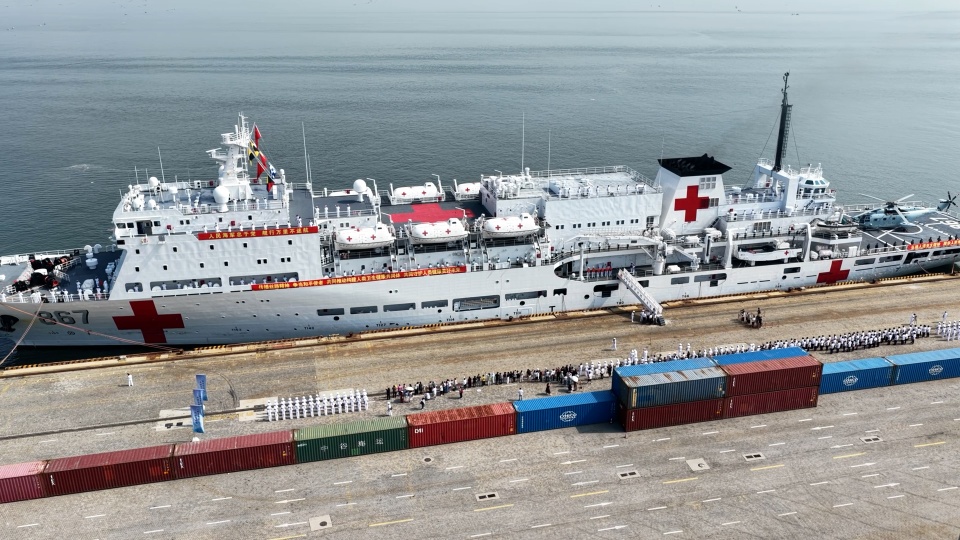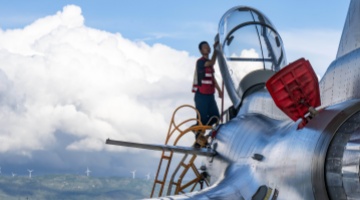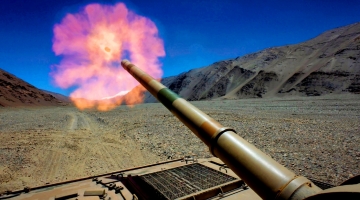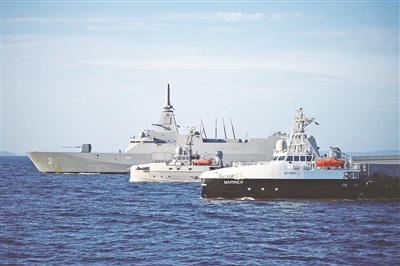
Japanese and US ships sail in formation during an exercise. (File photo)
By Zi Ge
According to Japanese media reports, the Japan Maritime Self-Defense Force (JMSDF) held a multinational maritime joint military exercise with the US Navy, Australian Navy and Air Force, Canadian Navy and Air Force, and the Philippine Navy in the waters around Japan since November 10. The joint military exercise, which claims to be the largest ever for the JMSDF, is considered a microcosm of the forces' accelerated expansion in recent years.
Exercise scale hits record
It is reported that the joint exercise is commanded by the Japanese side, with the Japanese and US ships and aircraft as the main forces. Scheduled until November 20, the exercise aims to improve multinational maritime coordinated combat capabilities and the commanders' tactical decision-making level and troops maneuvering skills, focusing on anti-submarine warfare, surface warfare, joint replenishment and other subjects.
According to Japanese official media, this event is the largest-scale joint exercise for the JMSDF since its inception in 1954, involving more than 20 ships and more than 30 aircraft, including a large number of anti-submarine air early warning (AEW) aircraft. Having long prioritized improving its anti-submarine operational capability, the JMSDF will showcase its thinking and experience in this respect in the exercise as the organizer.
In fact, joint training and exercises among the JMSDF and the US and Australian navies are commonplace. The JMSDF has recently just wrapped up a joint training with the US Navy. Therefore, the focus of this exercise is not on maritime coordinated combat training between Japan and the US, but on training of the navies of other countries including Australia, Canada and the Philippines. Under the direction of the US, the exercise is proclaimed to be a maritime exchange event organized by Japan within the framework of the US weapons and equipment system, with the purpose of drawing more countries into the US military deterrence strategic layout and further winning more regional advantages for the US.
Strategic positioning switches to offensive attack
Analysts pointed out that amid the acceleration of national combat readiness and overseas military cooperation in recent years, the JMSDF clearly presents a more vibrant and animated disposition than Japan Ground Self Defense Force (JGSDF) and Japan Air Self Defense Force (JASDF), reflecting the changes in the strategic positioning of the JMSDF.
At present, the JMSDF has a total of about 44,000 troops and is equipped with eight Aegis destroyers, 36 other destroyers, 12 frigates, 24 submarines and 18 large auxiliary combat vessels, with a total tonnage of 680,000 tons that ranks fourth in the world.
Constrained by the Pacifist Constitution, the Japan Self-Defense Forces (JSDF) was only allowed to develop defensive forces in the past. In addition, with the US hoping the JMSDF to act as its anti-submarine and minesweeper unit in the Western Pacific, the JMSDF focused on strengthening its capabilities in this respect and limited the missile range to 200 kilometers. In recent years, to cater to the US military-strategic adjustment in the Asia-Pacific, the JMSDF has switched its positioning from a logistics supporter to a combat partner, which is in line with Japan's goal of becoming a military power through proactive military expansion. To this end, the JMSDF has stepped up efforts to fill the so-called gaps in offensive combat capabilities through command and control, air and missile defense, amphibious operations, underwater operations and other training.
Specifically, the existing eight Aegis destroyers of the JMSDF are all equipped with vertical launch systems, featuring strong air and missile defense capabilities by coordination with Akizuki-class or Asahi-class destroyers. By leveraging the key carrier technologies provided by the US, the Izumo and JS Kaga helicopter destroyers are also undergoing intensive refitting and upgrading, so as to be empowered with the integrated combat capabilities equivalent to two small aircraft carrier groups in a short time by cooperating with the F-35B vertical takeoff and landing fighters. Meanwhile, the JMSDF is also accelerating the development and deployment of new-type destroyers, frigates and submarines.
Developing smart weapons is prioritized
To enhance the combat capability of the JMSDF, Japan's Defense Ministry has announced the list of weapons and equipment that the fleet will focus on in the next few years, which mainly consists of the following categories.
The first is unmanned combat weapons including multi-purpose unmanned vessels and unmanned amphibious armored vehicles. The second is offensive weapon systems including new-type ship-to-air missiles and anti-torpedo systems. The third is maritime combat command and control systems. Moreover, the JMSDF will also advance the development of new multiband phased array radars and new intelligence-gathering aircraft.
The JMSDF has strengthened the upgrading of active weapons and equipment and the development of future unmanned and intelligent weapons within the country while being deeply integrated into the US military combat systems through joint training and exercises overseas. These show that the country is actively responding to the US military-strategic adjustment and strengthening the coordinated combat capabilities with allies in the process of constantly elevating its own offensive combat capabilities. Such actions will inevitably bring about negative impacts on the security situation in the Asia-Pacific region and even the whole world.





